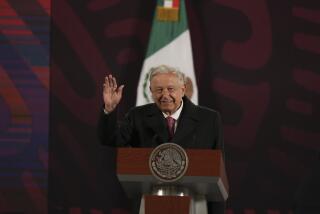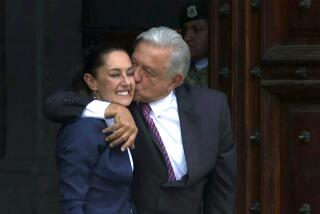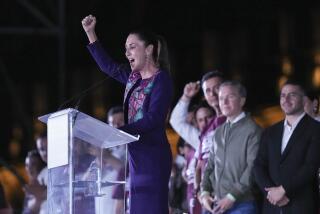Mexican Election
* I was in Mexico when I heard of the validation and declaration of a “clean and fair process” by the United States. This announcement was made the day before the organization of national observers, Allianza Civica, and their invited international visitors released their findings.
Many international observers saw and heard of pressures to withhold benefits from government programs impacting rural areas, union pressure and requirements to vote for the government party, landowners present at voting precincts, nullification of primarily opposition votes for marks outside the square box, lost results for a variety of reasons (approximately 11,000 precincts according to El Financiero, Aug. 25), an unknown number of people with the new photo credentials unable to vote because they were not on the voting list (but were on some of the party lists), credential confiscation in March and April in marginal and rural communities, 17 tons of shredded credential materials located after the elections, off-site computer locations found that had ballots and precinct reports that were not part of the Federal Electoral Institute network, people voting who were not on the lists and on and on.
The reactions stated were disillusioning. People stated they were assured this would be a clean and fair election and now were deceived another time; others think these elections were worse in fraud than 1988; others see a parallel of U.S. support regardless of fraud (as in the Dominican Republic), and calls from parties and organizations for nullification. The number of incidents is not low, with Allianza reporting for 20 states. Opposition parties had representatives across the country and reported similar incidents. How much more happened that was not observed?
For me, a crushed straw hat on the side of the road to Veracruz symbolizes the Mexico elections and the high hopes for a genuinely fair process. This hat had been worn by a campesino protesting non-payment from a government agency (reported throughout the southern states as a tactic to gain PRI--the government party--votes). The demonstration (including women and the elderly) blocking a road was broken up with large quantities of tear gas, people being beaten and shots fired. Four international visitors were there, myself included.
If this is viewed as cleaner than U.S. elections (a statement by a member of the House of Representatives), should we expect the same in 1996?
LYNNE HALPIN
Southwest Regional Coordinator
Witness for Peace
Los Angeles
* The photographs accompanying stories about the Mexican elections (Aug. 22) offer a jarring contrast and describe better than words the vast economic and social challenges facing Mexico. The larger picture shows women in Chiapas lined up to vote, some barefoot, others with cheap sandals, all with care-worn faces. On the same page is a smaller picture of PRI’s winning candidate Ernesto Zedillo and his well-dressed daughter, looking like she has just stepped off the runway of a children’s fashion show. She stands by a young man, dressed in the casual chic of a prep school kid. Both youngsters have the self-assurance common to upper-class children and they would be equally in place in any major city in the Western world.
President Zedillo has his work cut out, if he hopes to make improvements in the lives of Mexico’s poor people. It remains to be seen if the PRI apparatchiks will permit him to do so.
WALTER S. FISHER
Palos Verdes Estates
More to Read
Sign up for Essential California
The most important California stories and recommendations in your inbox every morning.
You may occasionally receive promotional content from the Los Angeles Times.










